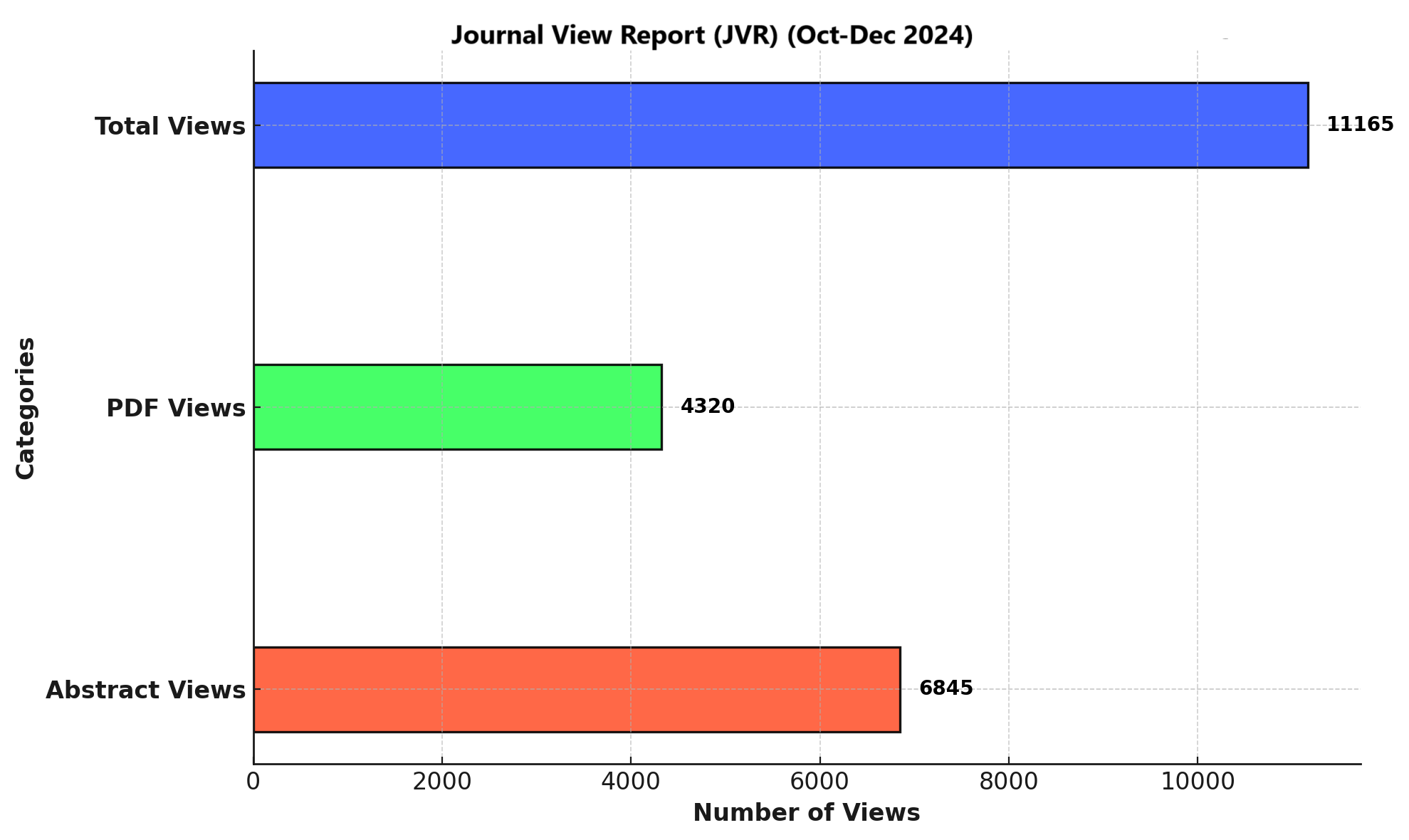THE IMPACT OF THYROID DYSFUNCTION ON ABNORMAL UTERINE BLEEDING MENSTRUAL IRREGULARITIES
DOI:
https://doi.org/10.71000/asbj4g58Keywords:
Abnormal Uterine Bleeding, Hypothyroidism,, Reproductive Health, Endometrial Hyperplasia, Hyperthyroidism, Thyroid Function Tests, Menorrhagia,Abstract
Background: Abnormal uterine bleeding (AUB) is a common gynecological concern among women of reproductive age, often impairing quality of life and leading to unnecessary interventions. Thyroid disorders, which occur up to ten times more frequently in women than in men, are strongly implicated in menstrual abnormalities due to their influence on ovarian and endometrial function. Understanding this association is critical for effective, non-invasive management of AUB.
Objective: To evaluate the relationship between thyroid dysfunction and menstrual irregularities among women presenting with AUB in a tertiary care hospital setting.
Methods: This descriptive study was conducted at the Department of Obstetrics and Gynecology, Timergara Teaching Hospital, Dir Lower, from June to December 2024. A total of 100 women aged 18–45 years presenting with AUB and diagnosed with thyroid dysfunction were included. Patients with structural gynecological conditions or systemic disorders influencing bleeding patterns were excluded. Data collection involved clinical history, general and pelvic examinations, thyroid function tests (Free T3, Free T4, TSH), and routine labs (Hb%, CT, BT). Endometrial biopsies were performed in peri-menopausal participants. Thyroid status was categorized as hypothyroid, subclinical hypothyroid, or hyperthyroid. Statistical analysis was performed Using SPSS version 21.
Results: Among the 100 patients, 47.06% were aged 31–35 years, and 93.75% were married. Hypothyroidism was the most prevalent thyroid dysfunction (56%), followed by subclinical hypothyroidism (29%) and hyperthyroidism (15%). The most frequent menstrual irregularity was menorrhagia (47%), significantly associated with hypothyroidism (48.3%), followed by Polymenorrhagia (21%) and amenorrhea (18%). Simple hyperplasia without atypia was the predominant endometrial pattern in hypothyroid patients (45.5%), with complex hyperplasia observed in 22.7%.
Conclusion: Thyroid dysfunction, particularly hypothyroidism, is a key contributor to menstrual disturbances like menorrhagia. Routine screening for thyroid function in women with AUB—especially those over 40 or with multiple pregnancies—can guide timely, non-surgical management.
Downloads
Published
Issue
Section
License
Copyright (c) 2025 Lubana Islam, Maryam Maqsood (Author)

This work is licensed under a Creative Commons Attribution-NonCommercial-NoDerivatives 4.0 International License.







